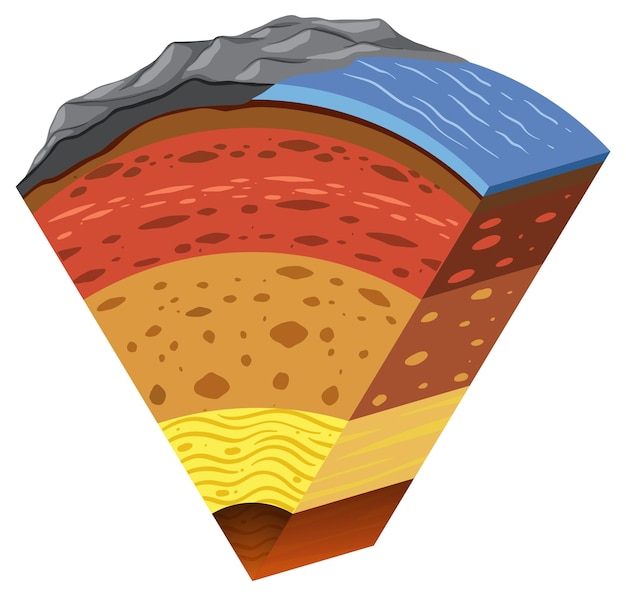Key Facts about Tectonic Plates

Tectonic plates are enormous puzzle pieces that make up the Earth’s crust.
The movement of tectonic plates can lead to the formation of mountains.
Earthquakes occur when tectonic plates collide or separate.
Tectonic plates can cause the formation of volcanoes.
The Earth’s surface is divided into several major tectonic plates.
Tectonic plates are constantly in motion, albeit very slowly.
The theory of plate tectonics explains how tectonic plates move.
The movement of tectonic plates can affect global climate patterns.
Tectonic plates can cause underwater mountains and trenches.
The collision of two tectonic plates can result in the formation of fold mountains.
Tectonic plates have different speeds and directions of movement.
Tectonic plates are made up of both continental and oceanic crust.
The boundaries between tectonic plates are characterized by intense geological activity.
The Pacific Ocean is surrounded by the Ring of Fire, where many tectonic plate boundaries are located.
Tectonic plates can cause the formation of earthquakes thousands of kilometers away from their boundaries.
The movement of tectonic plates can cause the formation of rift valleys.
Tectonic plates can lead to the creation of deep-sea trenches.
The movement of tectonic plates can result in the shifting of continents over millions of years.
Tectonic plates can cause the opening and closing of ocean basins.
Key Facts about Tectonic Plates part 2
The movement of tectonic plates can affect the distribution of land and sea.
Tectonic plates can cause the formation of island chains.
The Himalayas were formed due to the collision of the Indian and Eurasian tectonic plates.
Tectonic plates can cause the formation of large faults in the Earth’s crust.
The movement of tectonic plates can lead to the creation of tsunamis.
Tectonic plates can cause the folding and faulting of rocks.
The movement of tectonic plates can result in the formation of hotspots, creating volcanic activity.
Tectonic plates can influence the distribution of natural resources such as oil and gas.
The movement of tectonic plates can result in the breakup of continents.
Tectonic plates can cause the uplift of land, creating new mountain ranges.
The movement of tectonic plates can affect the global distribution of plants and animals.
Tectonic plates can cause the grinding and scraping of rocks along their boundaries.
The movement of tectonic plates can result in the formation of deep-sea trenches.
Tectonic plates can cause the bending and stretching of rocks.
The movement of tectonic plates can create large-scale geological deformations.
Tectonic plates can lead to the formation of unique geological features such as the Grand Canyon.
The movement of tectonic plates can cause the formation of underground magma chambers.
Tectonic plates can create different types of plate boundaries, including convergent, divergent, and transform.
The movement of tectonic plates can influence the global distribution of earthquakes.
Tectonic plates can cause the formation of mid-ocean ridges.
The movement of tectonic plates can influence the Earth’s magnetic field.
Tectonic plates can cause the uplifting and erosion of rocks.
The movement of tectonic plates can result in the creation of geothermal areas such as geysers.
Tectonic plates can cause the formation of rift zones.
The movement of tectonic plates can influence the formation of ice ages.
Tectonic plates play a crucial role in shaping the Earth’s landscapes and geology.